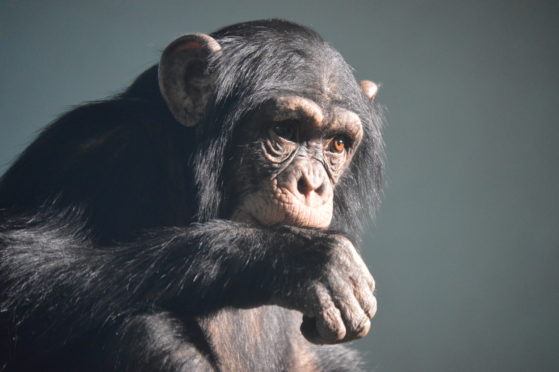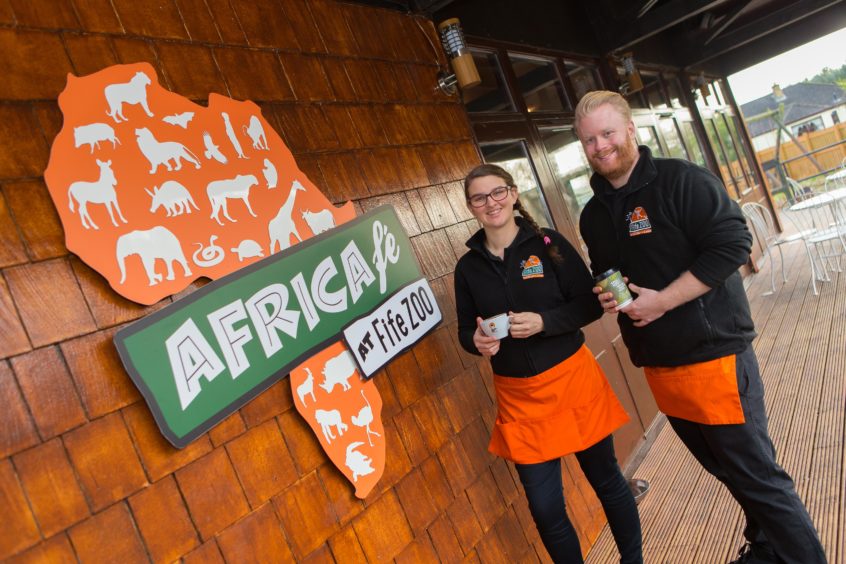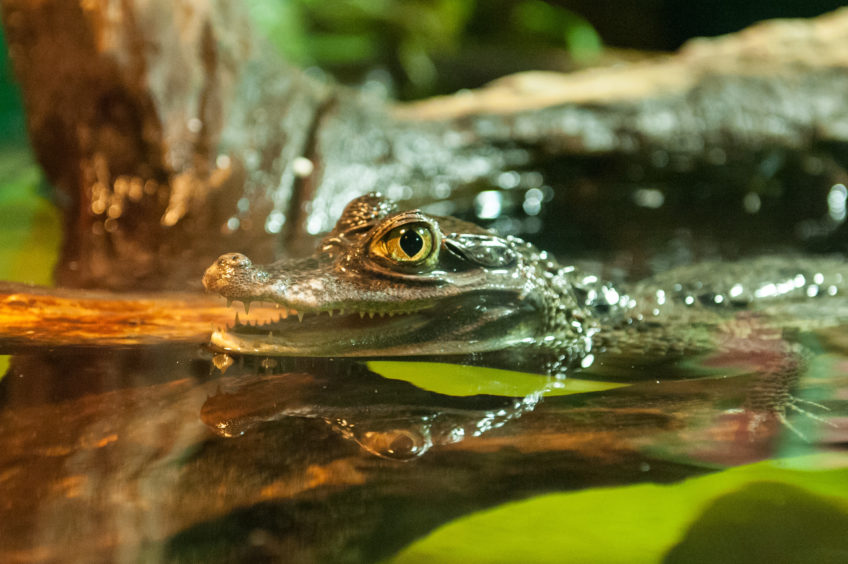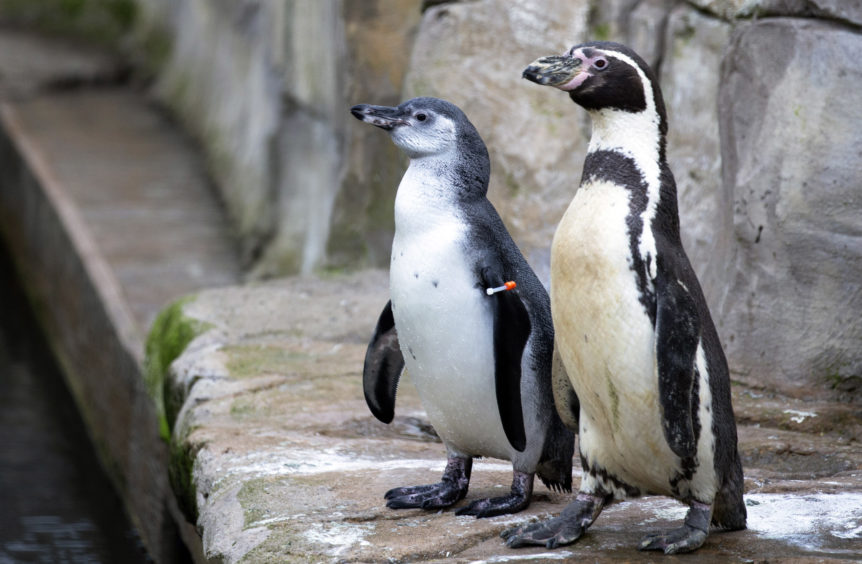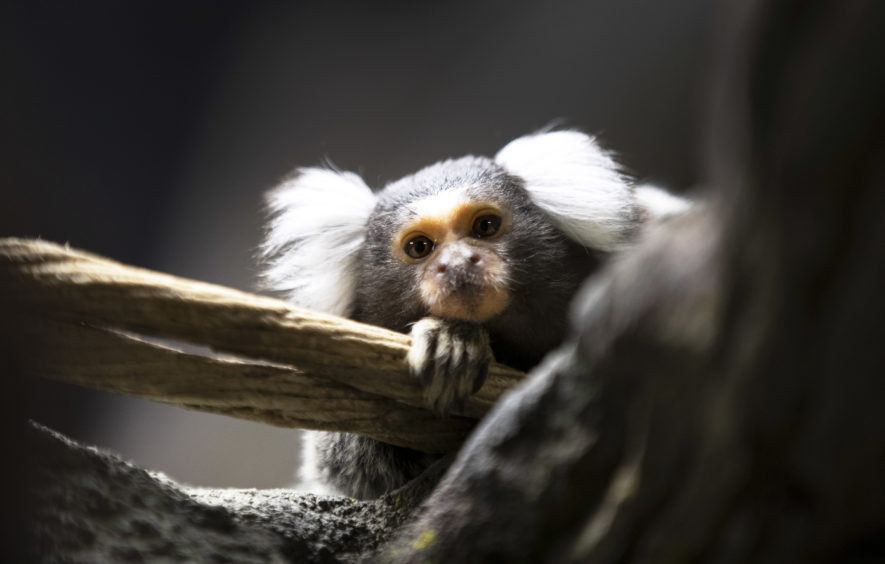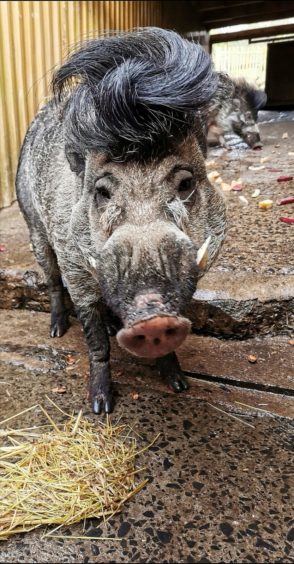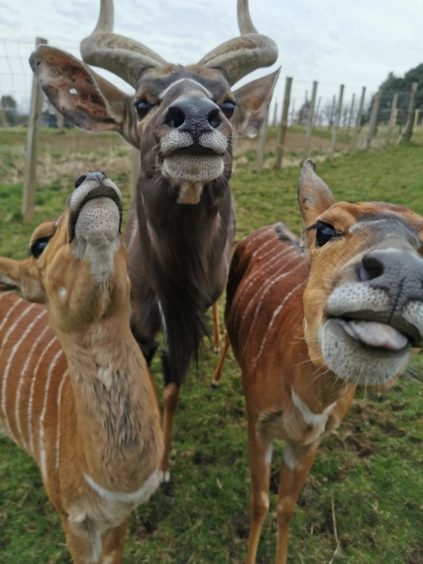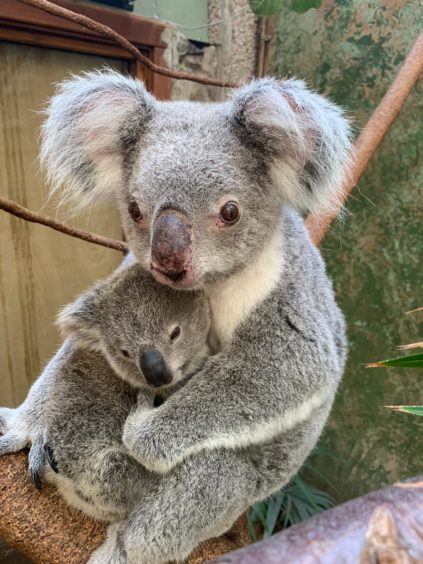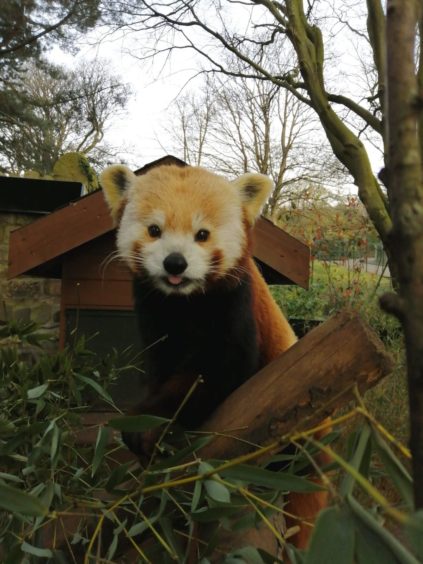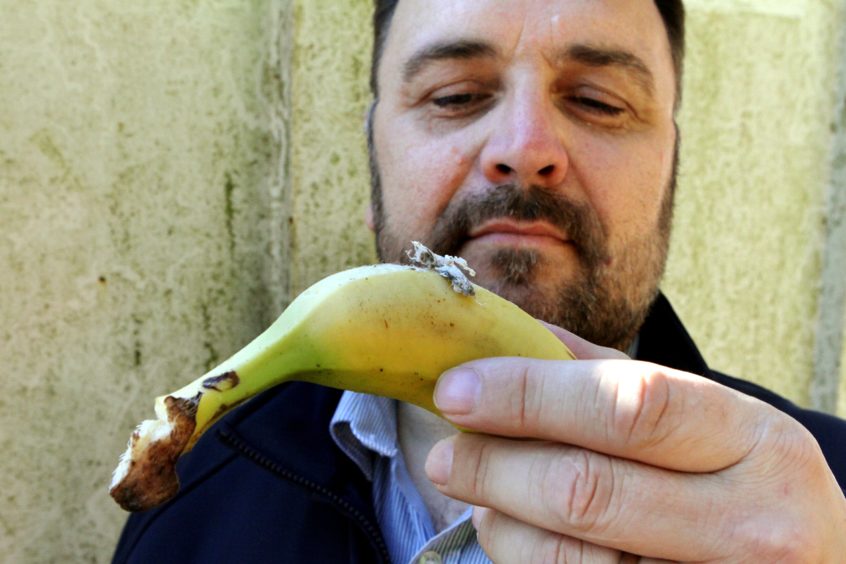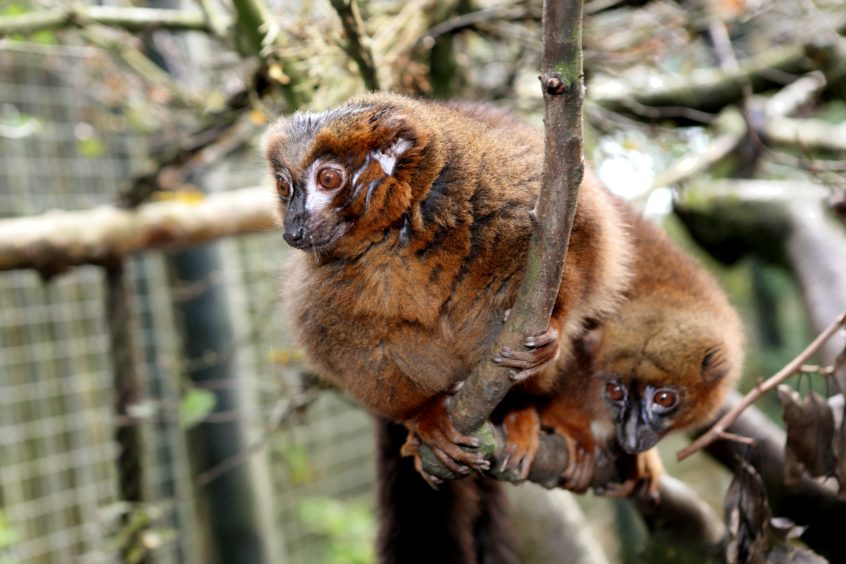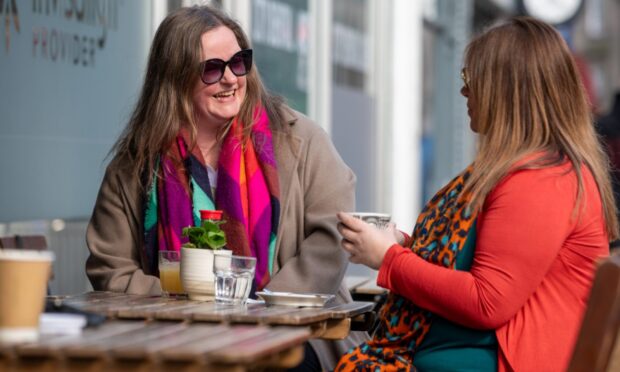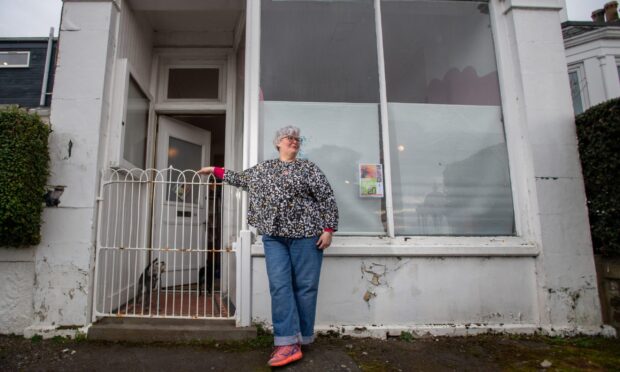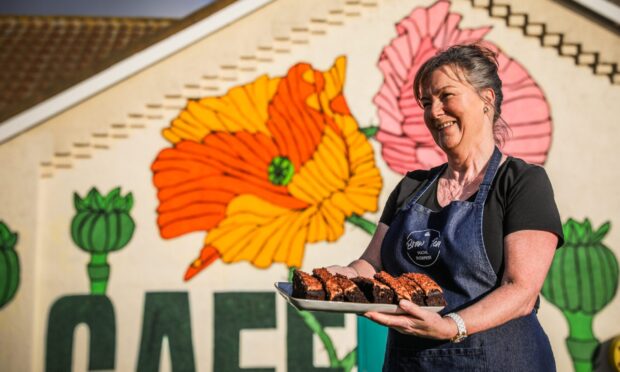Spare a thought for our wild furred, feathered, winged and scaled friends during lockdown – Caroline Lindsay finds out how the animals, and their keepers, are getting on in Courier Country’s zoos
To quote Doctor Dolittle, if we could walk with the animals, talk with the animals, what would they be telling us about their feelings during lockdown?
As zoos, wildlife parks and aquariums remain closed until the Government deems they can safely reopen, how are the animals and other wild creatures coping and adapting? Are they missing the hordes of visitors they normally see or enjoying the peace and quiet?
Over at Fife Zoo near Ladybank, Michael Knight and his partner Briony Taylor, look after over 40 animals from 10 different species of mammals, birds and reptiles.
“We have Grevy’s zebras, ring-tailed lemurs, De Brazza’s monkeys, six-banded armadillo, African crested porcupines, Azarae’s agoutis, black-cheeked lovebirds, sulcata tortoises, meerkats, common marmosets and South American coatis,” says Michael.
“And various invertebrates like Saba stick insects, Madagascan hissing cockroaches and African giant land snails. We don’t actually have any zookeepers working at the zoo yet.
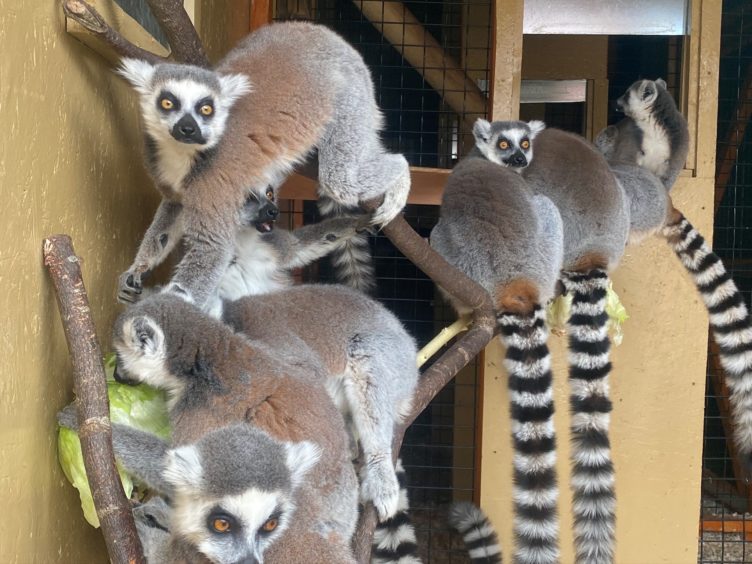
“Briony and myself manage all the animals’ daily husbandry and care and we live on site, so it’s business as usual in that respect.”
Michael explains that everybody is getting the same level of care they would without the lockdown.
“They all live in appropriate social groups, like our troop of 10 bachelor lemurs, so they can socialise with each other,” he says. “Some animals, like the meerkats and porcupines, live in a mixed exhibit, so they can also interact with each other as well.
“Personally, I’m giving a little extra attention to the primates. If anyone, I think they’re the ones that are noticing there’s no people around.
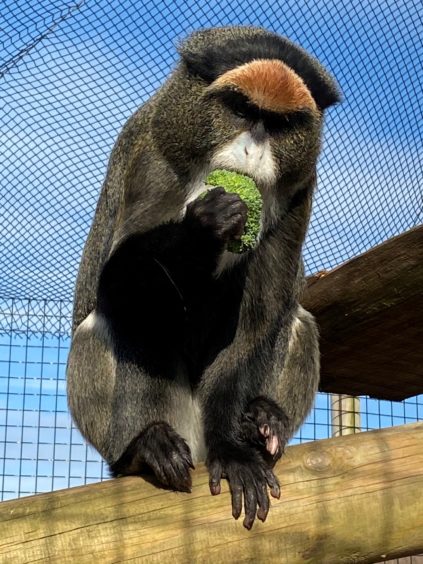
“Fortunately with it being spring we can start to harvest willow for browse and everyone’s spending a lot more time outside, so it’s all about keeping everyone busy.
“To be honest, it’s nothing we wouldn’t be doing normally anyway.”
Michael admits that lockdown has hit the zoo hard financially.
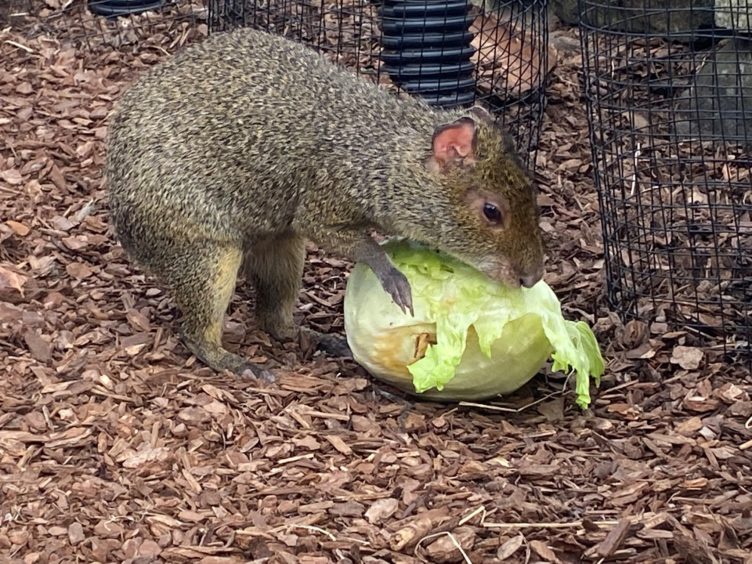
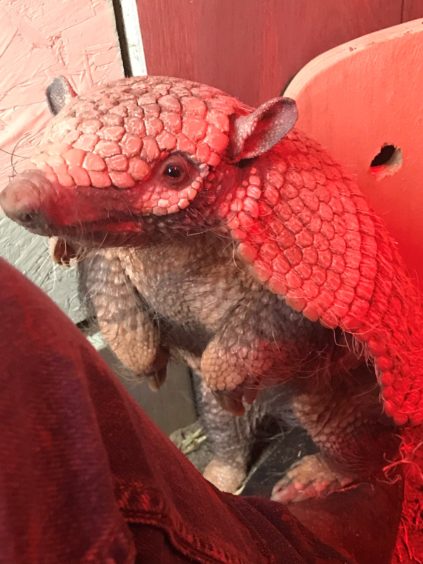
“Unfortunately we are now into peak season and we have been closed for the Easter break, which would arguably be the busiest two weeks of the year for us,” he says.
“We can’t just shut the doors and open back up when it’s all over. It costs us in excess of £200 a day to keep the zoo ticking over – power on and animals fed and looked after.
“It doesn’t sound a lot compared to a lot of the much larger zoos, but it mounts up – especially with no visitors.
“We do have a reserve but it’s not infinite and there’s little information on when and how the lockdown might be lifted,” he continues. Another challenge for Michael and Briony is sourcing supplies.
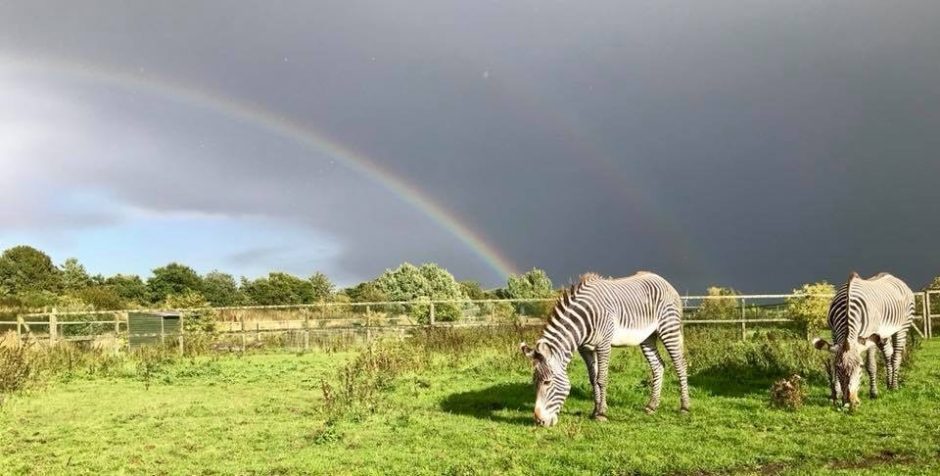
“The enclosures and houses still need to be maintained, but if something breaks it’s not as easy to replace. We’re also taking extra care working in close proximity with the animals, especially the primates, using extra PPE to be safe.”
So far getting food for the animals hasn’t been a problem.
“We use the same suppliers that we use for the café to feed the animals and they’re still running, although with a limited service and certain produce has become more difficult to get or expensive.
“We’ve also had some amazing donations from these suppliers, like Brakes and Mark Murphy, as well as the general public, and that’s really helped.”
Although, like the rest of us, Michael has no idea when lockdown will end, he and Briony are currently planning for the re-opening.
“Generally speaking we are an outdoor attraction, so hopefully we will be able to open fairly soon after the lockdown is lifted,” he says.
“I expect that we will have to adapt what we do operationally for a while until everything’s back to ‘normal’.
“We’re also looking at visitor numbers and capacity to make sure that we can safely open back up at the right time.
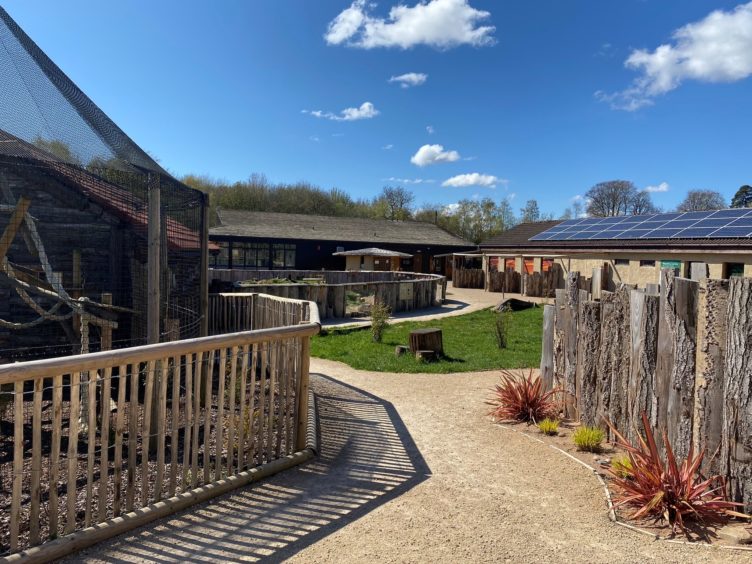
“I think this will ease the animals back in gently to visitors – the exhibits have all been designed specifically for the animals that live in them, with plenty of places to get away and lots of privacy. Their health and welfare are our top priorities.
“I’d like to day a massive thank you to all the zookeepers all over the UK and beyond in selflessly continuing to pull together during this difficult time. Their work is hugely appreciated.”
There is a donations page on
and the website also has an online gift shop.
“We also have an Amazon Wish List set up for new enrichment items and supplies to help us look after the animals. We are still massively appreciative of anybody’s donations, however large or small and in whatever form they may be,” says Michael.
Meanwhile, a few miles down the road, St Andrews Aquarium is home to around 1000 animals.
“We have hundreds of different types of fish, some loveable seals, a family of meerkats, some mischievous marmosets, a family of fantastic penguins and lots of creepy crawlies,” says keeper Eleanor Ballantyne.
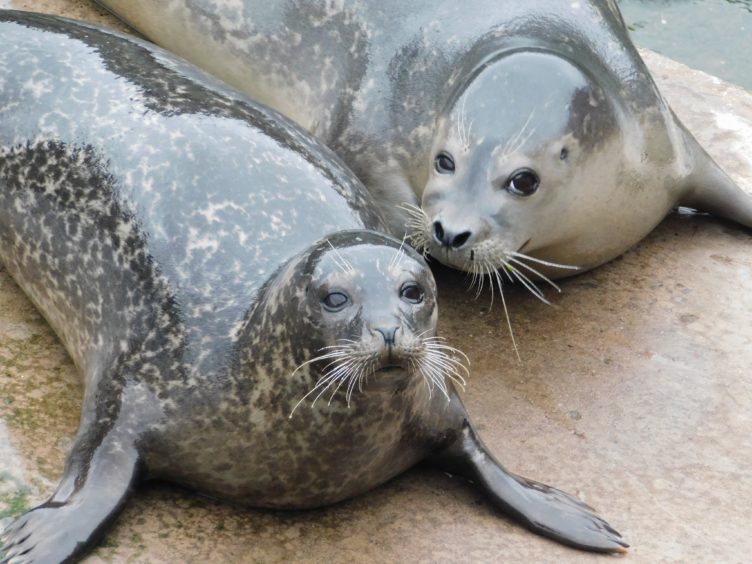
“It’s a very varied range of animals that we care for every day, from tarantulas to tortoises, and sharks to snakes.
Eleanor is one of just two keepers on duty during lockdown – aquarist Gemma looks after the fish and aquatic animals.
“Normally we are a team of five, so it’s quite a big difference,” says Eleanor, who reveals it’s the marmosets who are currently vying for the most attention.
“Normally, in the wild, they would forage for food and eat quite often so they need to be fed little and often, roughly four times a day.
“We’re also taking extra precautions with the marmosets as there is some evidence that the virus can transfer to primates so when we feed them we have to wear the appropriate PPE, gloves and face masks too which takes a little more time.”
Eleanor is happy to report that none of the animals are at risk of loneliness.
“However, they are used to people watching and you can tell that they miss that element of their day,” she says.
“Animals are nosy and curious so they like to watch what’s going on around them and with less people to see it’s probably less enriching for them – much like us really!
“It’s quite clear that whenever Gemma or I walk past that we are the centre of attention for them and they look pleased to see us!
“The fish are most likely to exhibit behavioural changes – they are skittish and like to hide, but in the absence of visitors they have been more “outgoing” – our octopus, for instance, has been out in her tank every day since lockdown.”
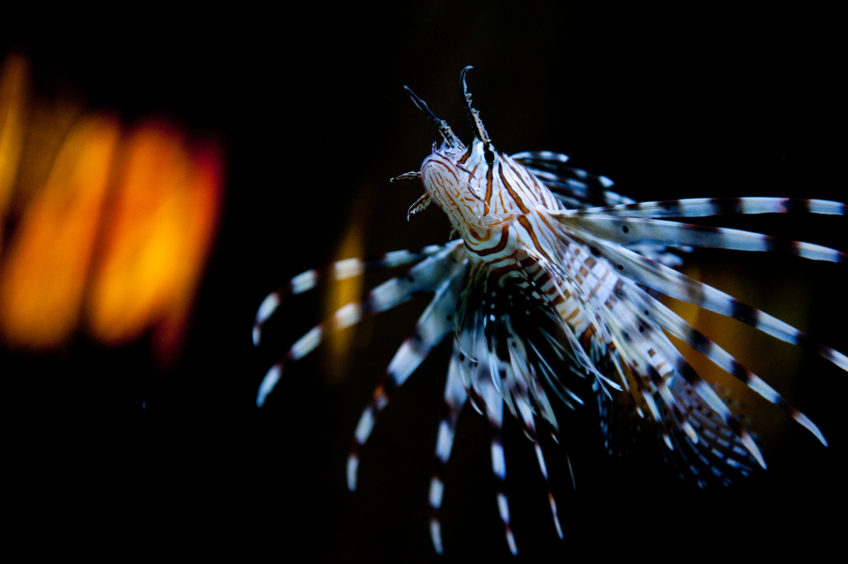
The key challenge caused by lockdown is the smaller team which makes the bigger jobs all the more time consuming.
“For example cleaning out the seal pool is no mean feat at the best of times, but now it’s doubly difficult and takes us a lot longer,” says Eleanor.
Keeping the animals fed and watered isn’t without its challenges. “There’s been no disruption to getting fish food. However, a lot of the animals eat quite a bit of fruit and veg and ordinarily we’d get the fruit and veg delivered.
“Getting delivery slots is proving a challenge now, which means we are having to go supermarket shopping daily to pick up what we can.
“Sadly, the panic buying means that we aren’t always successful and have to try again the next day. If there’s one thing the public can do to help, it’s really to stop panic buying. Our tortoises, iguanas and meerkats need their leafy greens too!” she says.
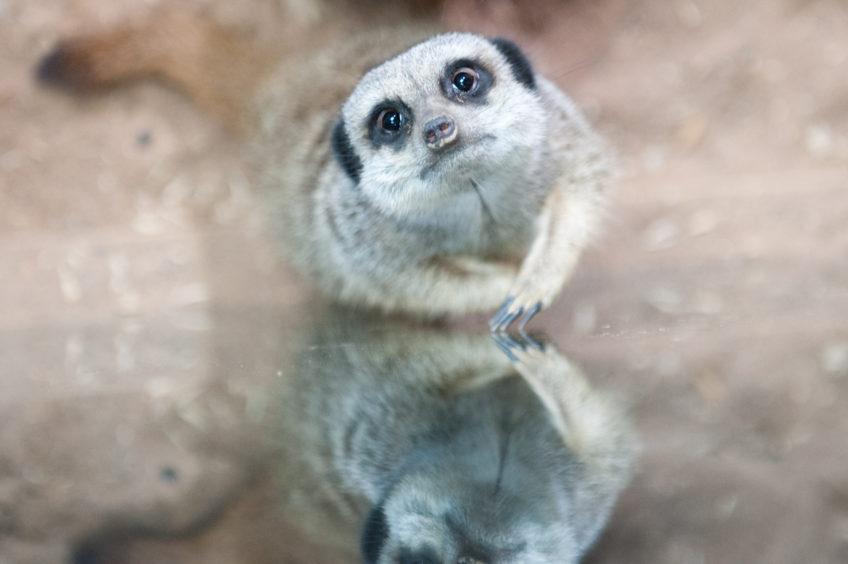
We’d really like to say a big thank you to everyone who has donated to our fundraising campaign so far, we are incredibly grateful for all their support. It makes such a difference to us and to the animals. We can’t wait to open up when it is finally safe to do so, and to let them see all the animals that they have helped during this period.
Members of the public who wish to donate can do so online at standrewsaquarium.co.uk
Darren McGarry, head of living collections at Edinburgh Zoo, agrees with Michael and Eleanor that the primates are the creatures most likely to be missing visitors.
“While some of our animals have noticed the lack of visitors but for most, it’s just a normal day. However, our chimpanzee troop have been spotted coming up to their windows looking out for visitors,” says Darren.
The zoo is home to over 2,500 amazing animals, many of which are rare and endangered including our giant pandas, Sumatran tiger and tiny partula snails.
“We are maybe most famous for our penguins which were some of the first animals to arrive at the zoo over 100 years ago,” says Darren.
“At the moment only essential staff are working onsite in the zoo during this challenging time.
“It’s mostly animal keepers and our vet team who are doing an amazing job continuing to give our wonderful animals all the care they need,” says Darren.
“As always, there is a high standard of cleaning and hygiene when it comes to taking care of our animals and we are taking extra precautions against the potential transmission of the virus.
“This includes keeping any direct contact to a minimum, keeping a two metre distance where possible and wearing masks around some of our animals, such as the primates, cats and bears.
“On the whole, though, our animals’ routines haven’t changed much – we’re working hard to keep this time as normal as possible for them,” says Darren.
“This means they’re getting fed and cleaned around the same time as they usually would have, and are getting extra treats to play with and investigate as they would if we were open to the public.”
Not surprisingly, the biggest challenge facing the zoo is lack of money.
“This is a very challenging time as almost all of our income comes from our visitors and our food bill alone is £55,000 every month,” he says.
“We have a whole range of specialist diets that we have to provide for here at the zoo – for example, our pandas eat anywhere between 20 and 40 pounds of bamboo a day.
“We also need to provide eucalyptus for our koalas and lots of fruit, vegetables and meat for our other animals.
As a charity with no government funding, we rely on support from animal lovers and so do the amazing species we care for. We’ve had great support from the public so far but we really do need this to continue.
“Any amount can make a difference, even £5 can help feed our northern rockhopper penguins for a day.”
And even though the zoo is closed you can still enjoy their antics on the zoo’s webcams.
“You can watch Yang Guang our male giant panda, Dharma our Sumatran tiger, Tanami one of our male koalas and our gentoo and northern rockhopper penguin colonies,” says Darren.
edinburghzoo.org.uk/support-us
Meanwhile, over in Dundee, lockdown is giving the bears at Camperdown Wildlife Centre a sore head.
Bradly Yule, conservation service manager, said staff had noticed the bears – Brum, Brumma and Maja – were frequently to be found looking out expectantly hoping to catch a glimpse of someone.
“There is little doubt that they are missing seeing their regular visitors and aware that no one is coming to visit,” he said.
Zoo keepers are still working every day for the animals and Bradly explains that the centre had been preparing to introduce a pair of critically endangered blue-throated macaws to the park.
“We have had them a couple of months now but they haven’t been seen in public yet,” he says.
“The plan was that they would go out when the warmer weather came. That will still happen but sadly there will be no one around to see their introduction to the park.
“However, they will still be there when we re-open.”
